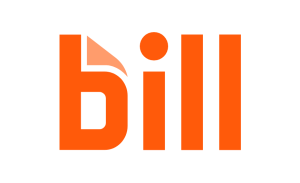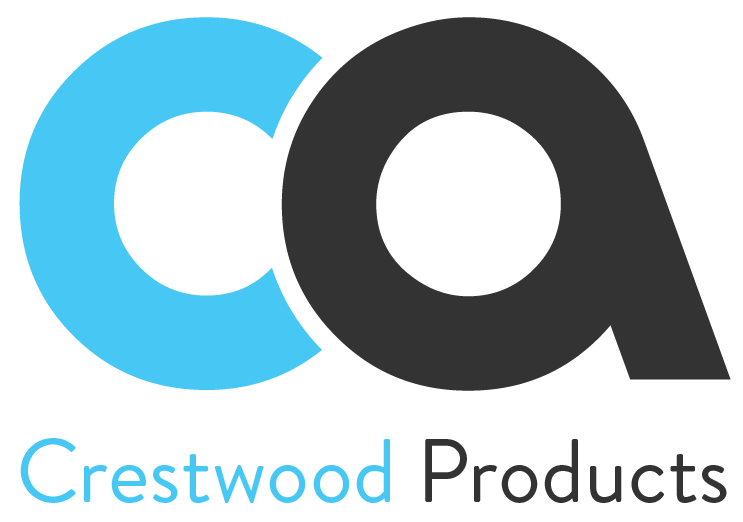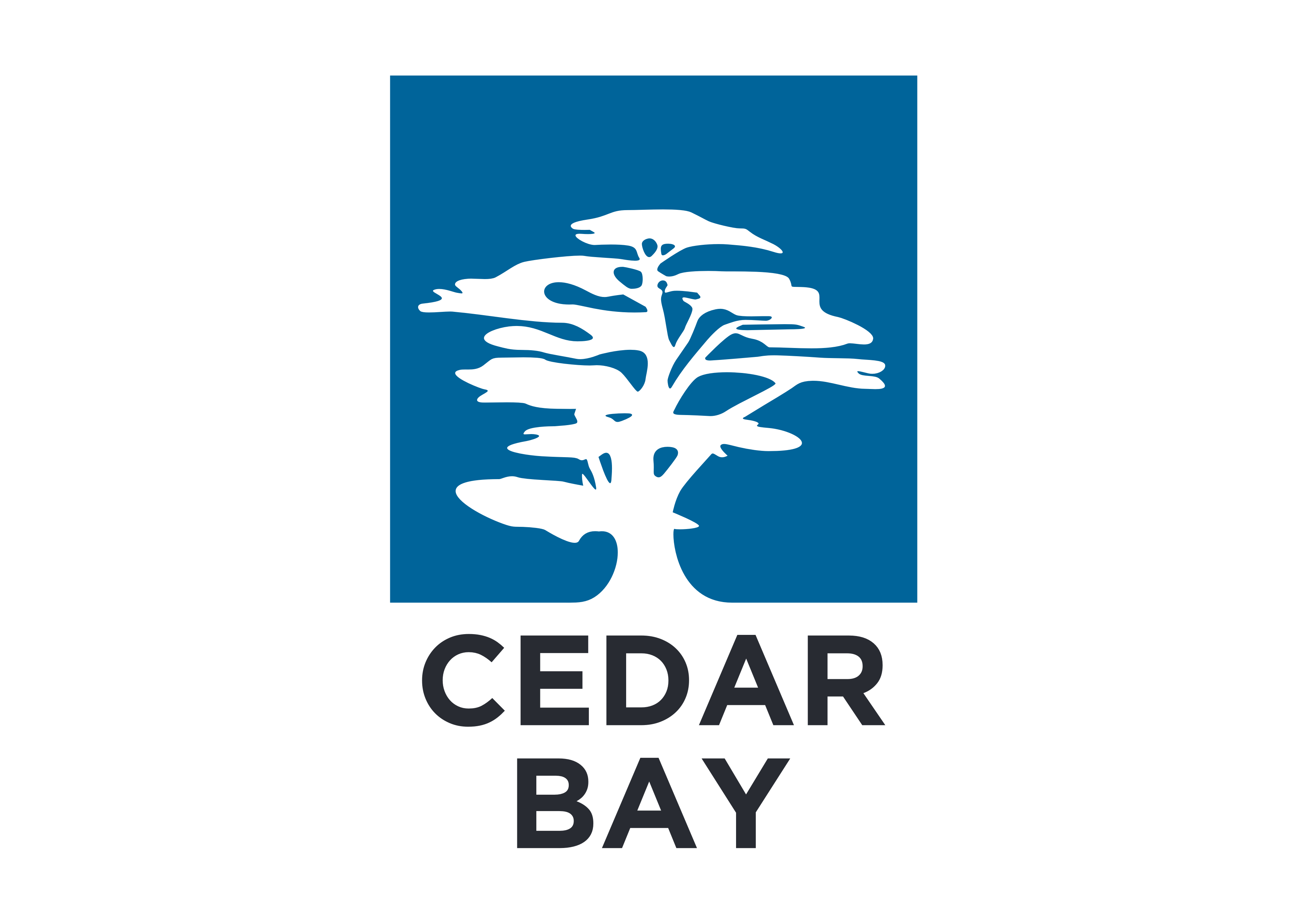What is Production Planning and Control?
Production planning and control in manufacturing is to manage resources, machines, equipment, and labor available at the right time and right place to complete the production. Production planning outlines the material’s requirement to make final finished goods, whereas production control involves monitoring and measuring performance. Effective production planning and control helps manufacturers drive the production process efficiently.
Production planning and control software such as Acumatica ERP helps manufacturing companies automate their production planning process and maximize overall production efficiency.
Best Practices to implement production planning and control
Here are the best practices for implementing production planning and control
1. Demand Forecasting
Manufacturing companies must forecast demand based on market trends and analysis. With a demand forecast, manufacturers can identify the required materials to complete the production and meet the market demand. Manufacturers must use forecasting tools to project future demand. For best demand forecast generation, companies should encourage collaboration across departments. Accurate demand anticipation helps manufacturers optimize production runs.
2. Capacity Planning
Capacity planning is a crucial aspect of manufacturing. It helps to ensure that machines, equipment, and workforce meet the production capacity to meet the demand. Manufacturers must evaluate the production capabilities of the resources required to complete the production process. Whether it’s underperforming equipment or understaffed production lines, recognizing these limitations is critical to creating an actionable plan. It helps ensure that the resources are optimally utilized to drive maximum efficiency.
3, Material Requirement Planning (MRP)
MRP is a software application that helps manufacturing companies efficiently plan resource availability at the right time and at the right place. Manufacturers should implement an MRP system for effective production and planning processes to ensure what is needed and how much is needed for production. MRP system helps to maintain inventory levels and avoid overstocking and stockouts. MRP helps manufacturers avoid unnecessary purchases, reduce holding costs, and minimize the risk of obsolete inventory.
4. Master Production Schedule (MPS)
Master production schedule plans the production activities considering lead times. It helps to create a sequence of activities to meet the demand within timelines. Manufacturers can monitor the progress and make the necessary adjustments if any deviations are found. They must maintain stock levels to meet the fluctuating demands. MPS helps manufacturers ensure optimal utilization of machines, labor, and materials by scheduling production in an organized manner.
5. Monitor and Control
Production monitoring and control is a key element of production planning. Efficient production planning and control include monitoring the progress of production activities. If any deviations occur, manufacturers can immediately take corrective actions to avoid production delays. The practice of regular monitoring and control drives continuous improvement of the manufacturing process and increases overall production efficiency. It allows manufacturing companies to make informed decisions.
Implement Acumatica ERP for Efficient Production Planning and Control
Acumatica, a cloud-based ERP software, is designed to help manufacturers to automate production planning and control. It helps keep a close track of production activities in real-time. Acumatica ERP allows manufacturers to plan, schedule, and execute production processes with precision. It offers production planning and control tools in a single software allowing manufacturing companies to streamline their processes. Acumatica’s process manufacturing and quality management solutions enable manufacturers to maintain high-quality output and enhance manufacturing processes.
Would like to know more? Contact us.






































